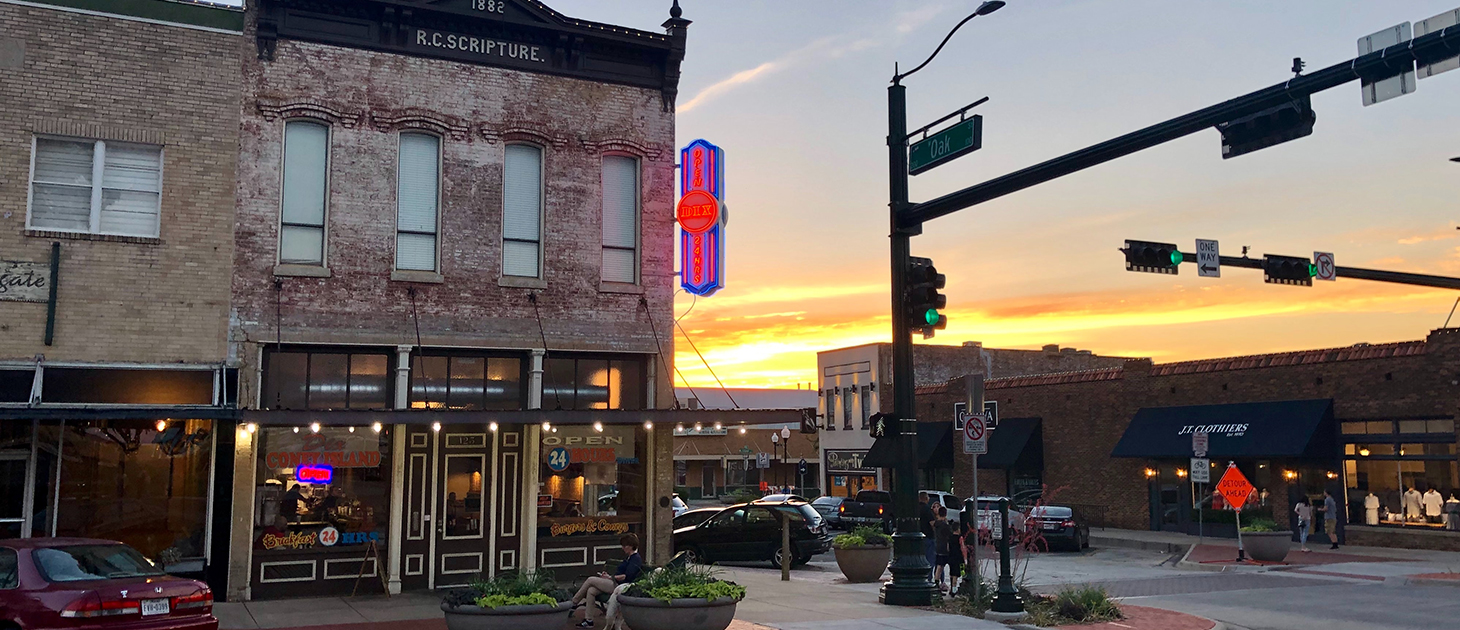Fed’s Main Street Loans Offer Broad Relief Without Clear Path
While new lending facilities target a broader range of businesses and have fewer restrictions on private equity backing, they still leave a lot to be desired.

Restrictions on private equity-backed businesses prevented many small and midsize portfolio companies from accessing federal relief during the COVID-19 pandemic. While new lending facilities target a broader range of businesses, they still leave a lot to be desired.
After the federal government rolled out its multitrillion-dollar stimulus package in late March, many private equity investors quickly discovered that “affiliation rules” used by the Small Business Administration—which administers the Paycheck Protection Program, known as PPP—categorize companies with PE backing as subsidiaries. This disqualified many small and midsize companies with private equity investors by putting them above the program’s 500-employee threshold.
A few weeks later, the Federal Reserve unveiled its Main Street Lending Program, a supplemental effort designed to support U.S. middle-market businesses. Established by the CARES Act, the Main Street program promises up to $600 billion in loans to small and midsize companies that have fewer than 10,000 employees or generate less than $2.5 billion annually.
The program has not yet launched, but private equity firms are already anticipating it.
“We’re looking at it,” says Steven Rosen, co-CEO of Resilience Capital Partners, a private equity investor based in Cleveland. “The Fed and the Treasury have opened up their pocketbooks [and we will] see what they can do to support the credit markets and companies.”
Michael Lyons, president of New York-based Lincolnshire Management, says most of his firm’s companies didn’t qualify for PPP loans because of the affiliation rules. That small business lending program has since run out of money and is awaiting new funds.
Fortunately, most of Lincolnshire’s businesses were shielded from the negative economic impact of the coronavirus outbreak, but some companies in its portfolio still need help.
Keith Durkin, partner with BakerHostetler, and ACG’s Thomas Bohn cover the Federal Reserve’s Main Street Lending Program.
Under the Main Street program, Lyons says one company could benefit from the loans, but the firm is continuing to evaluate other options available through the CARES Act.
“We have two people with Lincolnshire who are focused on going through all of these programs,” he says.
However, there’s reason companies backed by private equity firms might hesitate to pursue a Main Street loan. For one, unlike aid provided by PPP that is forgivable, Main Street loans come with a four-year repayment window. Payments can be deferred for one year, but interest—which is set at the Fed’s overnight rate—begins to accrue immediately.
Other inhibitors, like limits on which institutions are permitted to lend Main Street funds, could gum up the application process, causing some banks to refuse business with new clients. More than 1.6 million small businesses in the U.S. were approved for loans through the PPP. If the same number appeal for loans through the Main Street program, banks could be overwhelmed.
At the same time, due diligence requirements for loan requests could place a significant burden on portfolio companies, according to Joseph Lynyak, a partner at law firm Dorsey and Whitney.
“It’s not going to be easy to be able to obtain one of these loans,” Lynyak says. The program was constructed not so much to provide relief to companies as to boost liquidity in markets as the economy resumes activity, he adds.
Shortly after the Fed announced the Main Street Lending Program, the Association for Corporate Growth submitted a letter to the central bank outlining a number of issues in the program that could prevent middle-market businesses from accessing funds.
ACG outlined 10 challenges within the program and proposed solutions for each. They include restrictions on eligible lenders, which could overwhelm banks, and the EBITDA loan sizing test, which would prevent many companies from meeting the leverage tests.
By law, the Fed has wide latitude to alter its policy without input from other federal authorities. “Are they going to back off and change it? I think they’re going to have to because [it is] going to be really hard to find companies that are going to qualify,” Lynyak says.
In the meantime, more business funding appears to be on the way through other federal programs. On Tuesday, the Senate approved $484 billion in additional aid, $310 billion of which is earmarked for the Paycheck Protection Program. The House is expected to approve the measure and President Trump has already agreed to sign the bill authorizing supplemental relief. SBA’s adherence to the affiliation rules is expected to remain unchanged.
As they watch the various aid programs roll out, PE firms say they will keep an eye on how they’re administered. “I just hope that the politics in Washington doesn’t get in the way of this relief,” Resilience’s Rosen says.

Benjamin Glick is Middle Market Growth’s associate editor.


